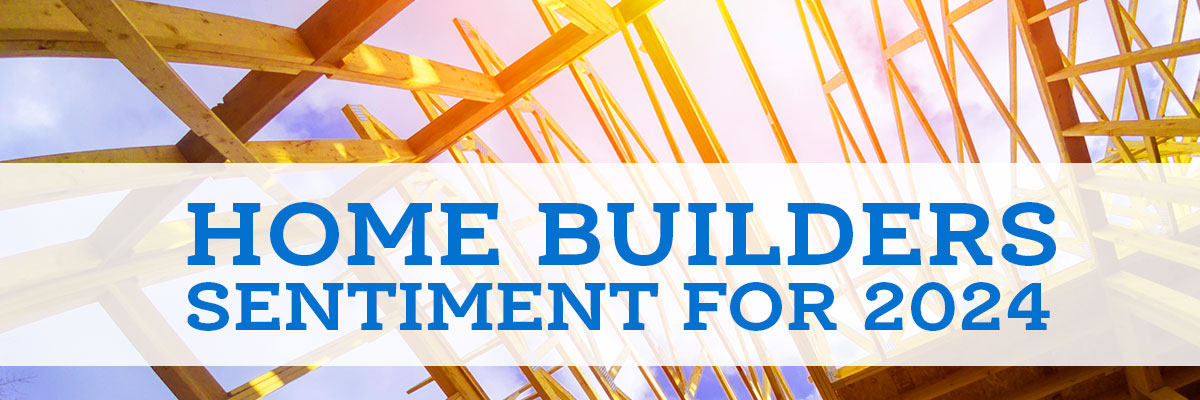6 Garden Ideas That Will Boost the Value of Your Home
:max_bytes(150000):strip_icc():format(webp)/Eden-Garden-Design_courtyard_Greg-Thomas-Photography-0223-2000-a3ecb6b0556d4e63835a74868511bbd8.jpg)
6 Garden Ideas That Will Boost the Value of Your Home
These simple outdoor upgrades can benefit your home's curb appeal and resale value.
"Just as important as choosing the right paint colors, a cohesive plant palette brings a level of sophistication and balance, and a well-designed landscape increases a home's value," notes Amy Hovis, the principal of Eden Garden Design,an Austin-based landscape design company. "It elevates a property as a whole and creates a magical element that is hard to achieve in any other way."
:max_bytes(150000):strip_icc():format(webp)/Eden-Garden-Design_courtyard_Greg-Thomas-Photography-0223-2000-a3ecb6b0556d4e63835a74868511bbd8.jpg)
To that end, the American Society of Landscape Architects (ASLA) purports that professional-level landscaping can add 15 to 20 percent to a home's overall price tag. With that said, if you plan to resell anytime soon, note that there's a balance to strive for when it comes to beautiful design and the amount of upkeep required.
When in doubt, the most important things to focus on are clutter-free presentation, easy-to-care for plants, and simple features that pack a punch. "Any landscape or garden will need regular upkeep, but a well-designed landscape full of native and adapted plants can be relatively low in maintenance needs [and require less water]," notes Hovis. "There's innate beauty in celebrating what occurs naturally in nature, the change in seasons, and embracing the ebb and flow of plant cycles." Whether you plan to sell your home in the near future or simply want to boost your existing curb appeal, consider these impactful outdoor upgrades.
:max_bytes(150000):strip_icc():format(webp)/garden-ideas-features-boost-value-of-home-getty-solar-lights-0223-2000-db09ae74c7d641da9d78f77a994e1bfe.jpg)
Add Solar Powered Lighting
Lighting can instantly add a heightened level of sophistication to your outdoor space, but electric wiring is often labor intensive and expensive. Should something go awry, it can also be costly and difficult to fix. As an alternative, consider solar powered lighting. "Solar power lighting has grown in popularity, so you can find a wide variety of styles," says Danielle Nash, project director and designer at Freemodel. "For a more minimalistic look, you can find solar lighting that is smaller in size and can easily be placed out of sight while still serving purpose."
Bring solar lighting to your walking paths (they should be out of the way of foot traffic) or place fixtures around your yard to strategically show off garden features; they also work as sconces on wall exteriors. Pro tip: Make sure to routinely wipe your solar lights' surfaces to ensure they capture enough sunlight during the day.
:max_bytes(150000):strip_icc():format(webp)/garden-ideas-features-boost-value-of-home-getty-courtyard-0223-2000-6d97aa5a00c84a148e26986f9ac49269.jpg)
Create a Simple Front Entry Courtyard
An enclosed courtyard at your front entry creates an extension of your interior living space while offering an inviting, intimate outdoor reprieve. It sounds intimidating, but it's possible to pull it off with little trouble. "You can create a private courtyard to your entry by making a little fenced-in area with pea gravel and plantings," says Hovis. "Within the enclosure, a simple steel arbor creates an outdoor room."
Here's a step-by-step guide, courtesy of Hovis:
- Level the area and make sure to address any drainage concerns.
- Add compacted road base to the entire area to create a firm substructure.
- Tamper down the road base before adding pea gravel. "This step is crucial in order to avoid having a courtyard with mushy gravel that's difficult to walk on," says Hovis.
- Add the pea gravel to the area and leave out areas for planting.
- Planting pockets may be added throughout the space by digging large holes and adding in good soil prior to planting. "Once planted, top dress planted areas with a layer of pea gravel to create an overall consistent look," says Hovis.
:max_bytes(150000):strip_icc():format(webp)/garden-ideas-features-boost-value-of-home-getty-planters-0223-2000-25aa2e97b8104aba892051f3c147cc20.jpg)
Add Beautiful Planters
Whether your exterior space has a limited amount of acreage to work with or you're seeking a simple way to add color and vibrancy, planters filled with native plants are an easy go-to. "Apart from bringing color to your yard, these flowering plants will also give local bees and other insects food in the form of nectar and pollen which grass doesn't do," says Anton Ledin, an in-house plant expert with Planta.
Ledin offers a few suggestions for ways to seamlessly incorporate planters into your exterior space:
- Choose three to five pots or planters that look similar in style and arrange them together.
- Align pots on either side of an entryway.
- Add pots to corners of a deck
- Consider rectangular planters that create more of a garden bed aesthetic.
"You can choose different plants, but keep one plant type in each pot," says Ledin. "The options are seemingly endless when choosing annuals, but remember to choose those suited to the light levels the pots will be placed in."
Not a fan of flowering annuals? Opt for interesting foliage types or grasses, which are a good choice for low light scenarios. Succulents are another excellent choice, since they require low maintenance and minimal water.
:max_bytes(150000):strip_icc():format(webp)/garden-ideas-features-boost-value-of-home-getty-magnolia-0223-2000-5f29417e493e4af0aa1626d98237bf3a.jpg)
Incorporate a Large Feature Plant
Along with flower beds and potted plants, incorporate one or two larger feature plants into your yard if space allows. Sticking to just one or two larger plants naturally spotlights each—plus it doesn't create a burden of maintenance.
"Sometimes, one single tree or big plant can be enough to make a big difference in an otherwise rather blank space," says Ledin. "A small growing tree or a large bush can be an alternative, and there are many to choose from depending on your hardiness zone and climate."
Some options include Japanese maples with their golden, variegated, or red leaves, flowering trees such as magnolias or dogwoods, and trees that put on a spectacle of color in the fall such as oaks, aspens, sassafras, and hawthorns. Smaller fruiting trees are a beautiful option, as well, says Ledin.
:max_bytes(150000):strip_icc():format(webp)/garden-ideas-features-boost-value-of-home-getty-0223-2000-913b03a421f744bbb78fa3b6a7f37084.jpg)
Build a Beautiful Deck
Building a deck is another way to "add" to the square footage of your home. It doesn't have to be a grand space or huge project, either. "A small deck with a trellis—that will soon be covered with vines—offers a comfortable space to coexist with the natural world," says Hovis.
Consider your hardscape needs and preferences (decks, patios, and walkways) and let this be your guide. Once those aspects have been tended to, fill them in with native plants that require minimal maintenance and attract birds, bees, and butterflies.
:max_bytes(150000):strip_icc():format(webp)/10-xeriscaping-ideas-to-transform-your-yard-4-1122-2000-4a15a2c0944c4096985d64ce601c0430.jpg)
Lay Mulch or Rock
Laying mulch or rock quickly nixes yard "clutter" and chaos. Best of all, this DIY project is inexpensive, easy to pull off, and actually helps minimize yard upkeep. "First, it helps to lock in moisture while also blocking out the sunlight. This helps keep weeds from coming to the surface," says Nash. "Second, [it] creates a clean and cohesive look, making the overall landscaping look uniform. This will appeal to potential buyers because it is a low maintenance alternative to grass."
You can lay mulch or rock in key areas, like within garden beds, around pathways, and against fences. Rock is best for dry or desert climates, but can work anywhere. Mulch should remain somewhat moist and can attract bugs and termites in arid climates where it tends to dry out; it is best utilized in areas that receive consistent precipitation.



